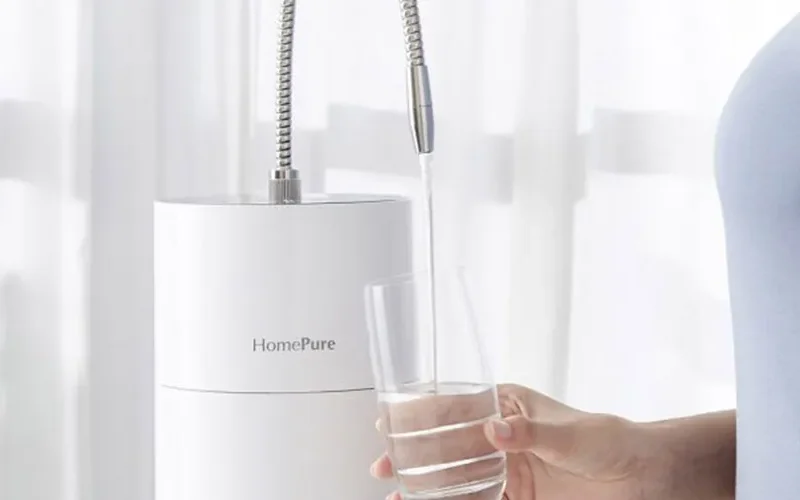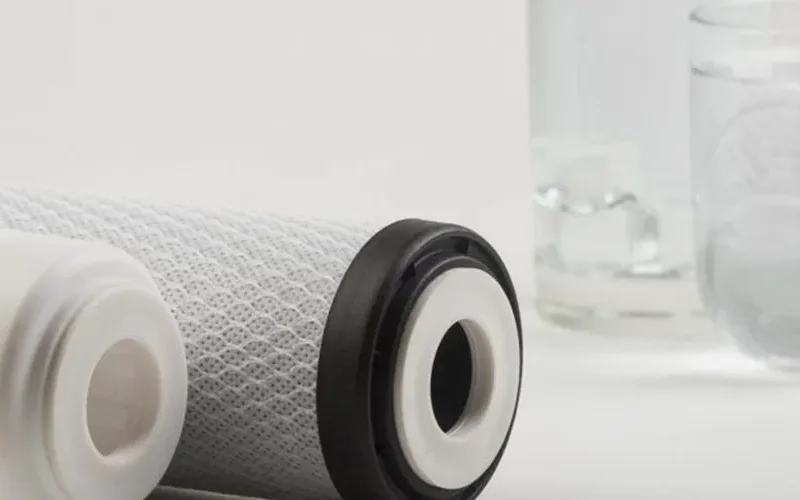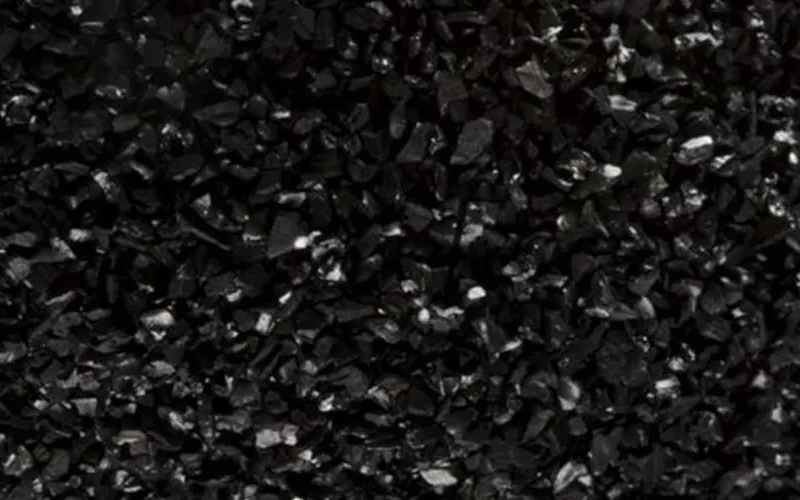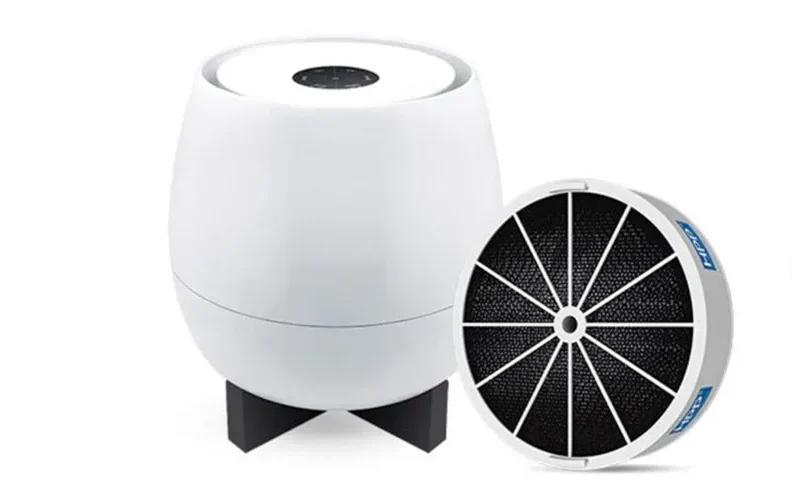Home, a place to relax.
What makes a healthy home? What can we do to relax at home, recharge our batteries and recharge our batteries? At a time when the everyday stress of work, family and social life can really get to us, a healthy home is our ultimate place to relax. So what does a healthy home look like?
A healthy home is healthy!
Sounds logical, but we don’t always stick to it. Our homes are usually filled with all kinds of objects and “stuff”. All these things are made of materials, and these materials are not always good for our health. Why? Because many materials or ingredients in the objects that surround us are often harmful to our health. Be it plasticizers, which are in almost all plastic products, or vapours from materials and resources that are in our floors or walls, for example.
In other words, a healthy home should be as free as possible from harmful substances. The problem is that we are often unaware of this danger because we don’t see it. However, this does not mean that it is not real. Indoor pollutants pose a particular danger when a person’s immune system is weakened, such as during the regeneration phase after an illness.
Good air quality is particularly important in rooms where children, pregnant women, elderly people and people who suffer from respiratory problems spend time. If you don’t feel well in certain rooms or repeatedly fall ill, your own home cannot be ruled out as the cause. In fact, there is already a technical term for the phenomenon of sick homes: Sick Building Syndrome.
What to do?
First of all, you should realize that your home may not be as healthy as you first thought. Furnishings that could have come from an interior design magazine are no guarantee of a healthy home. Even expensive furniture, household appliances, electrical appliances and decorative items can emit harmful substances, gases or particles into the air.
Although the highest exposure occurs through the air we breathe, contact contamination should not be neglected. This occurs when we frequently come into direct contact with surfaces that release substances on contact. We then absorb these substances (pollutants & particles) through our skin. The best example of this is our clothing. It often contains chemicals that can be released through sweat. This allows them to penetrate the skin.
The first sensible step towards a healthy home is therefore to eliminate all potential sources of pollutants. The next step would be to transform your home into a place of well-being – if you haven’t already done so!
Decluttering
The term decluttering comes from the English language and roughly means decluttering. It means decluttering, clearing out and making things easier! Our environment definitely has an influence on our well-being. In a nutshell, this means that we cannot feel good in a restless, cluttered and perhaps even untidy environment. Our subconscious interprets this as stress, because subconsciously we know that we need to tidy up or sort out a few things. All of these are unfinished tasks or our subconscious interprets them as such.
So, organize 1 box for the flea market and one for the garbage. Then go through the apartment room by room. A principle from Feng Shui – a millennia-old method of energetic cleaning of living spaces – is helpful here: everything you haven’t used in six months can go! Even if this sounds a bit esoteric, it actually helps. You become aware of how many things you have that you actually never use. However, all these things pollute our environment. Either because they are standing around and we don’t notice them, or possibly because they release pollutants into the air.
Harmonization
Harmonization means that we bring the individual rooms in our home into harmony with each other. At best, one room merges seamlessly into the next. No stark color changes, harmonious materials and colors are the order of the day. This calms our unconscious perception. In fact, inharmonious changes (e.g. through colors) subconsciously cause unrest. If we go back a few millennia in our development, a major change in our environment meant that we had to adapt again. In prehistoric times, this also included defending ourselves from danger or a new environment also meant new dangers. As this is part of our survival instinct, and we still have it today, inharmonious environments un(der)consciously cause stress and anxiety. We counteract this by harmonizing our home. The best way to do this is with a uniform style, soft colors that harmonize with each other and, at best, a mixture of similar materials.
Order
Who hasn’t heard the saying: “Order is half the battle!” There is indeed some truth in this. Order is very important for our regeneration. This is where the subconscious comes into play again: it actually interprets order as “everything is in order”. This means there is no danger! However, disorder has another subconscious effect: it symbolizes that we are not getting things done, are not well organized and are not disciplined. We perceive all of this on a subconscious level, and this creates stress. We even know from anxiety research that disorganized environments can trigger anxiety symptoms. The reason for this is that disorder also symbolizes a loss of control. We have no control over our environment. This creates anxiety, because loss of control always creates anxiety.
Apart from the fact that a tidy home is always nicer than a messy one, there are a few powerful arguments for having a good tidy up!
Atmosphere
Once the house has been cleared of questionable and superfluous objects and everything has found its place, it’s time to create the right atmosphere. In addition to furniture and decorations that you like, this includes two things in particular: light and smell. Light can completely change the atmosphere in a room. The same room can appear cozy and uncomfortable with different lighting. A few beautiful lamps, warm light and clever placement can give any room a beautiful atmosphere. The easiest way to create an aromatic atmosphere is with room fresheners or scented lamps. Potpourri arrangements or a few beautiful flowers also create the right atmosphere.
Conclusion
A luxury apartment, beautiful furniture and great decorations do not mean that a home is healthy. The reason for this is that it is also the invisible things that influence our well-being. If you want to make your home healthy, you should first identify all questionable furniture, appliances and things and replace them if possible. As wooden televisions are not yet available, this does not mean that you have to give up your beloved TV! The point is to reduce the sources of harmful vapors as much as possible.
While you’re at it, you can also dispose of, sell or give away a few unnecessary and unused items. Then give everything a place, create order and match the rooms in terms of colors, materials and styles.
Voila! This brings you a few giant steps closer to a healthy home!








